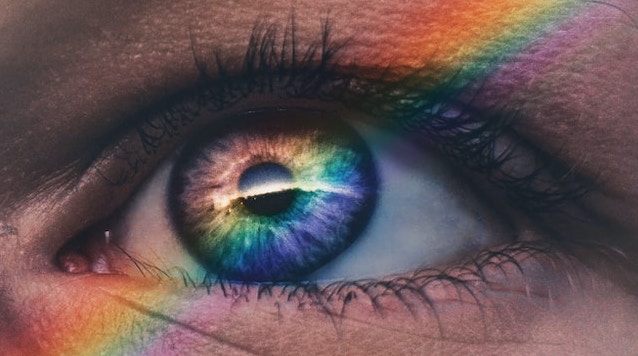Throughout our shared history, a common thread of experience ties us all together, something that transcends place and era. Something that has baffled and fascinated users of psychedelics from past to present — we’re talking of course, about geometric visual hallucinations.
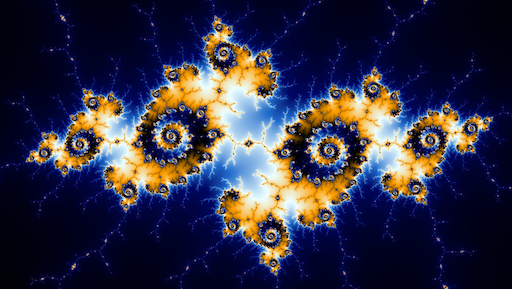
There’s Magic in the Mathematics
Think about it! Whether it was an ancient Aztec, your aunt in the 70s, or you last week, chances are you saw the same striking geometrical patterns emanating in your vision. Pretty psychedelic thought, huh? Transcending time, place, and identity — like some kind of natural magic. Or, as recent studies suggest, perhaps something… mathematic?
Have you ever wondered why psychedelics cause such intense hallucinations? Well, you’re not alone. For centuries, humans have tried to answer the question of how psychedelics influence our minds. It’s a query that even now eludes today’s scientific technology. Brain-imaging technology is as advanced as its ever been, and yet, the question persists in bamboozling scientists, researchers, and psychonauts et al.
“Striking” Visual Hallucinations
A paper published in the journal of the Royal Society in 2000, titled Geometric visual hallucinations, Euclidean symmetry and the functional architecture of striate cortex, aimed to explore why we see these shapes when we trip on psychedelics. The “striking” visual hallucinations were categorized into four groups: 1. Gratings, lattices, fretworks, filigrees, honeycombs and chequer-boards. 2. “cobwebs”. 3. “tunnels, funnels, alleys, cones and vessels”. 4. “spirals”.
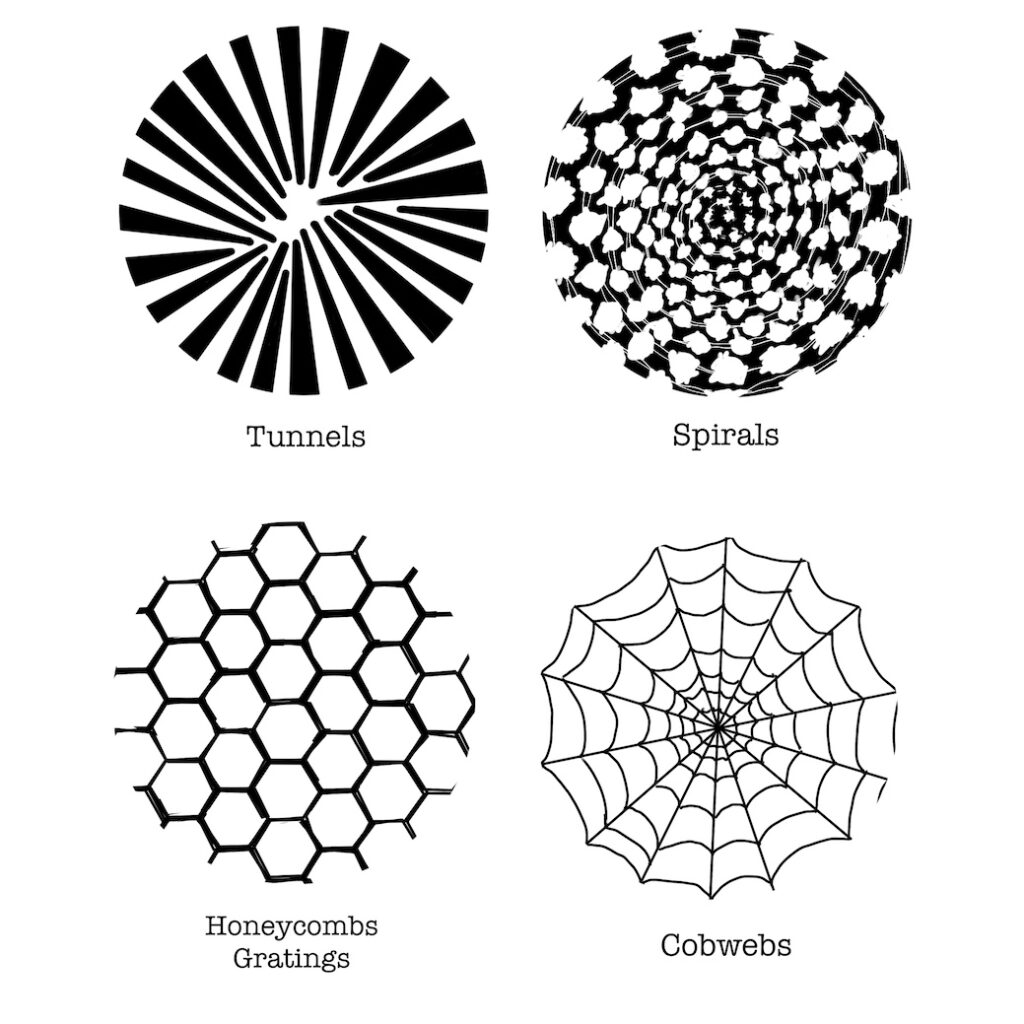
The way in which we understand these psychedelic-induced visual hallucinations is rooted in mathematics, psychology, neurology, and the cognitive sciences. The study was combined with contributions from mathematicians from universities such as Chicago, Houston, and Utah, as well as researchers from the Salk Institute for Biological Studies and NIH. It showed that geometry could be the key that unlocks the answers about psychedelic hallucination.
So how did the study go down?
Geometric Visuals are Caused by the Striate Cortex
Using math and shape theory, the researchers hypothesized that our retinal visual cortex and its associated neuronal circuitry are what causes psychedelic visuals. They put forward that it is the “patterns of connections” between these elements which could be responsible for these hallucinations while on psychedelics. It’s a complex system to unravel, but intriguing discoveries were made, which could be further explored.
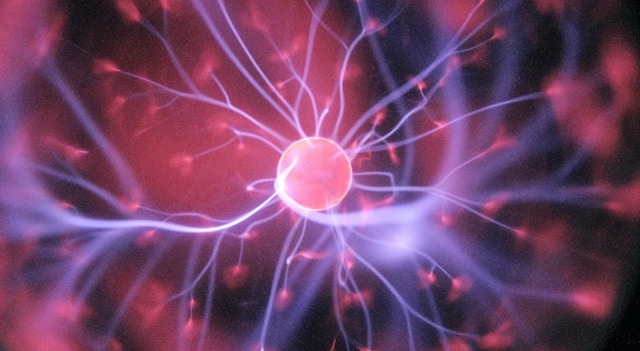
In the brain, the striate cortex is an area that is pivotal for deciphering visual information. It contains cells particularly adapted to certain elements. These include lines, shapes, edges and orientations that are arranged in an orderly design. This causes neighboring cells to react similarly to these features. This system makes it easier for the brain to process what we see. It also enables it to do its job with the highest efficiency.
Hallucinating in Perfect Symmetry
Geometric visual hallucinations are a type of hallucinations so-called because they are characterized by the perception of geometric patterns and shapes. These visual hallucinations tend to include Euclidean symmetry. This is a type of symmetry associated with symmetrical geometrical shapes and patterns — consistent with the principles of Euclidean geometry.
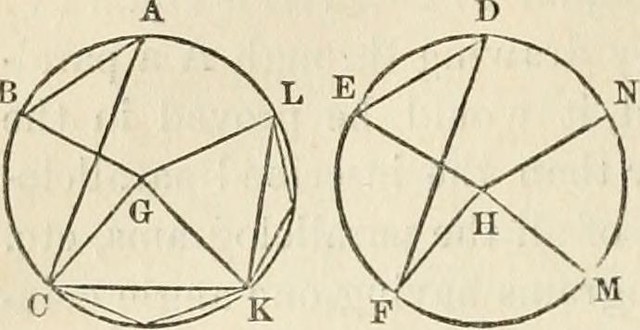
This research suggests that the structure of the striate cortex could be the thing responsible for producing these geometric visual hallucinations. When activity within this area is disrupted, through the use of psychedelics for example, the cells that tend towards particular visual characteristics (such as those related to Euclidean symmetry) are activated, and cause a person to see this type of hallucination.
This proposal is supported by research that has shown that psychedelics, such as psilocybin from magic mushrooms and LSD, can induce geometric visual hallucinations similar to those that can be caused by conditions such as migraine or Charles Bonnet syndrome. These hallucinations also tend to feature complex geometric patterns and shapes that also demonstrate a high degree of symmetry. This reinforces the idea that the functional organization of the striate cortex may be behind these hallucinations.
The Mystery Gets Closer to Being Solved
At its base, the study revealed how the physical functioning of the striate cortex relates to the classic psychedelic geometric hallucination. It is still unknown exactly what causes this relationship, but this framework can aid us in understanding why psychedelics, or other mental alterations, can cause these experiences.
So, although it may still be a mystery exactly why an ancient Aztec, your aunt in the 70s, and you last week, saw these geometric visuals while tripping on psychedelics, this evidence does certainly point towards our visual perceptions being influenced by the structure of our brain’s striate cortex. Research by neuroscientists has found that the brain has an in-built preference for recognizing patterns and geometric shapes. This creates familiar forms that our mind instinctively recognizes.
A New Understanding of the Psychedelic Experience
These scientific findings, when combined with the wealth of anecdotal data provided by psychedelics-users, could be a way to progress our understanding of why specific visuals are seen during hallucination. Whatever causes this phenomena, this research is sure to lead towards a new understanding of the science of vision, psychedelic experience, and consciousness.
